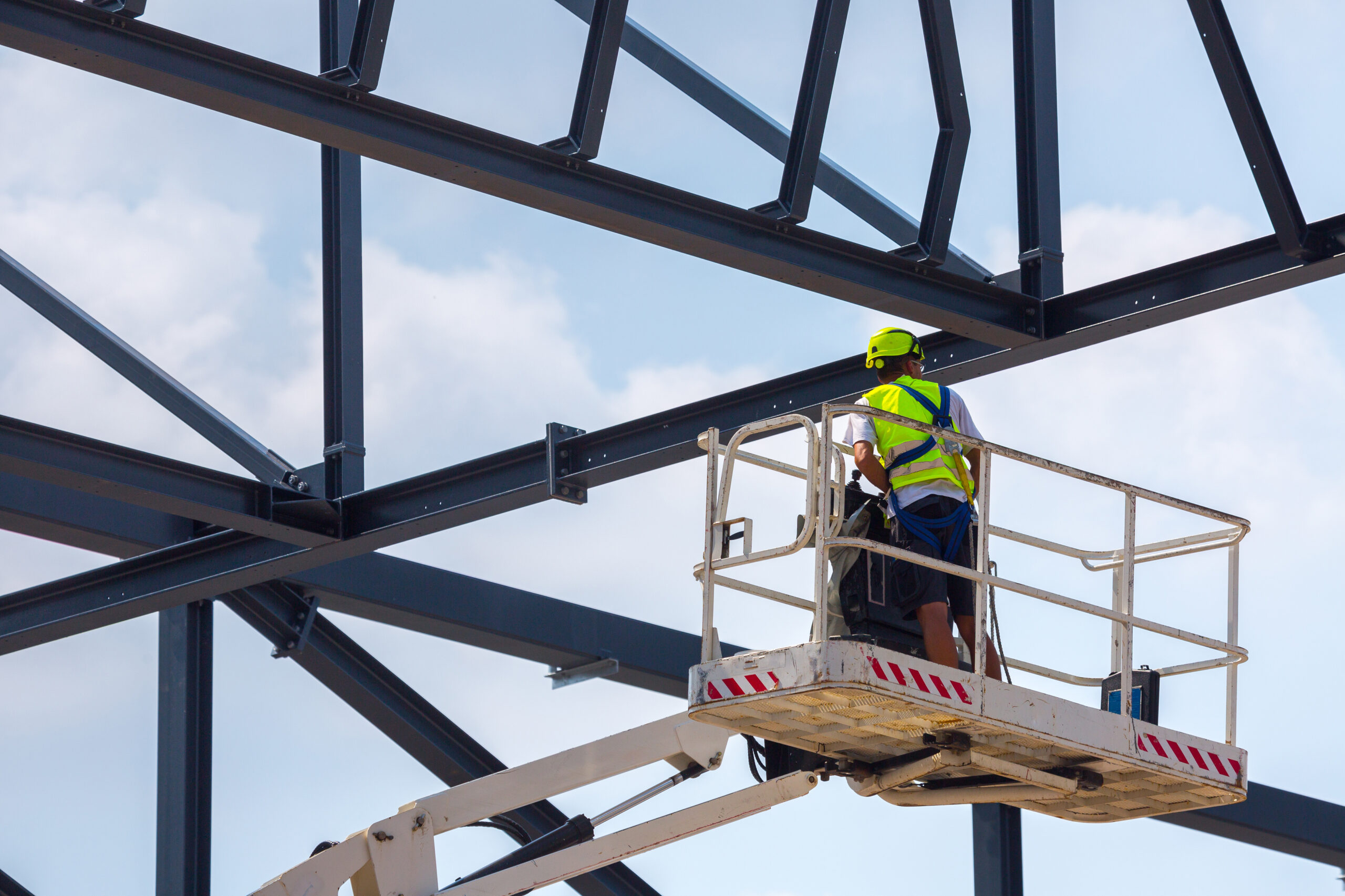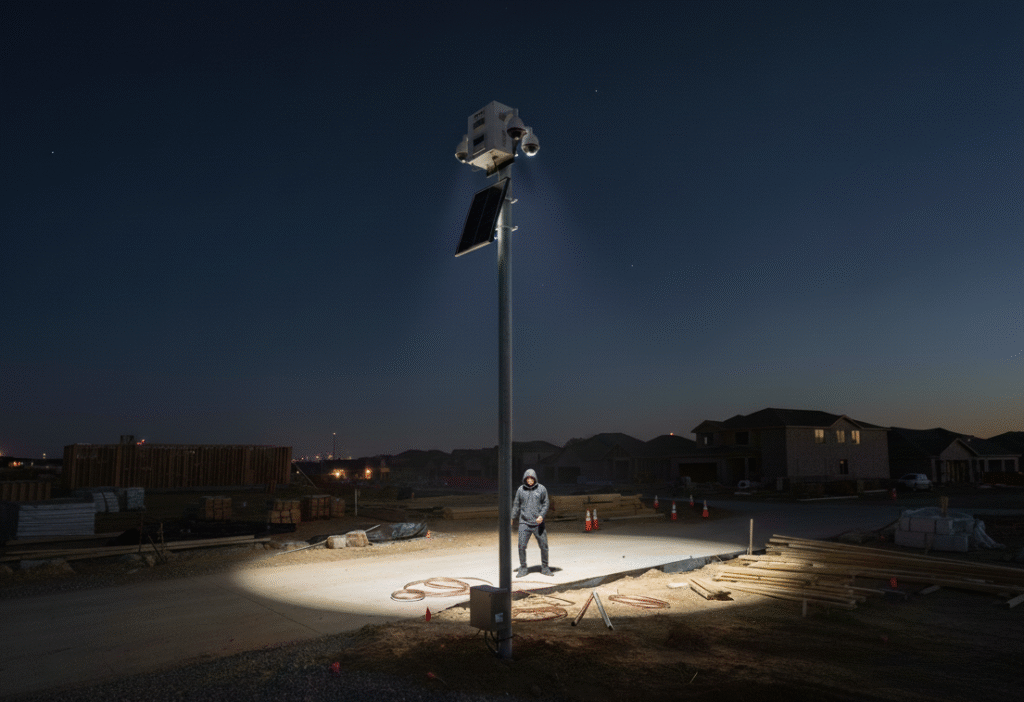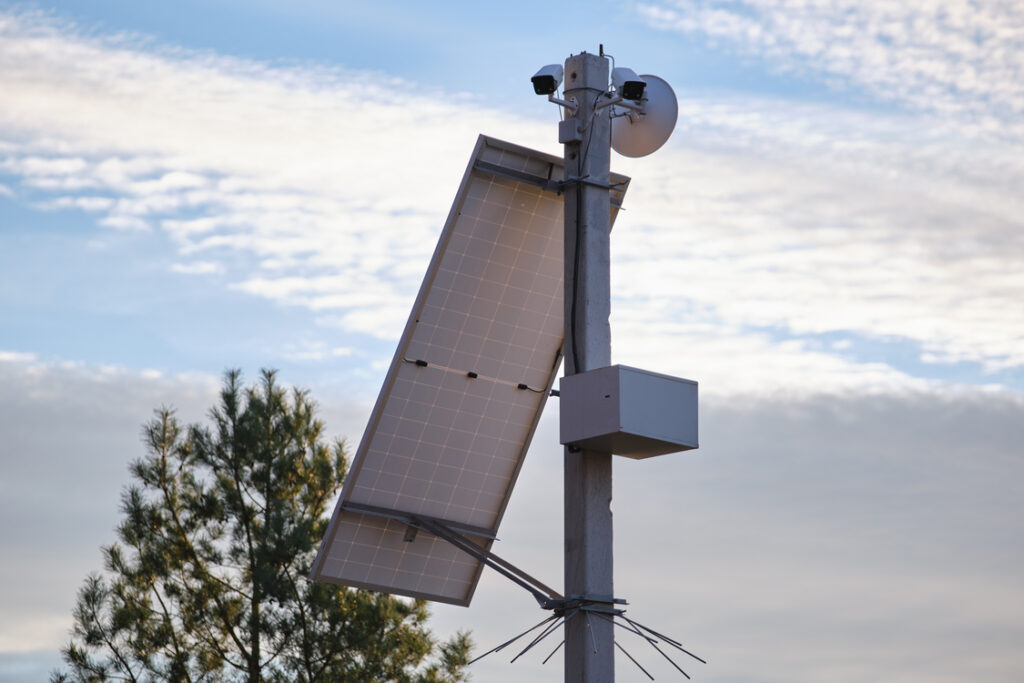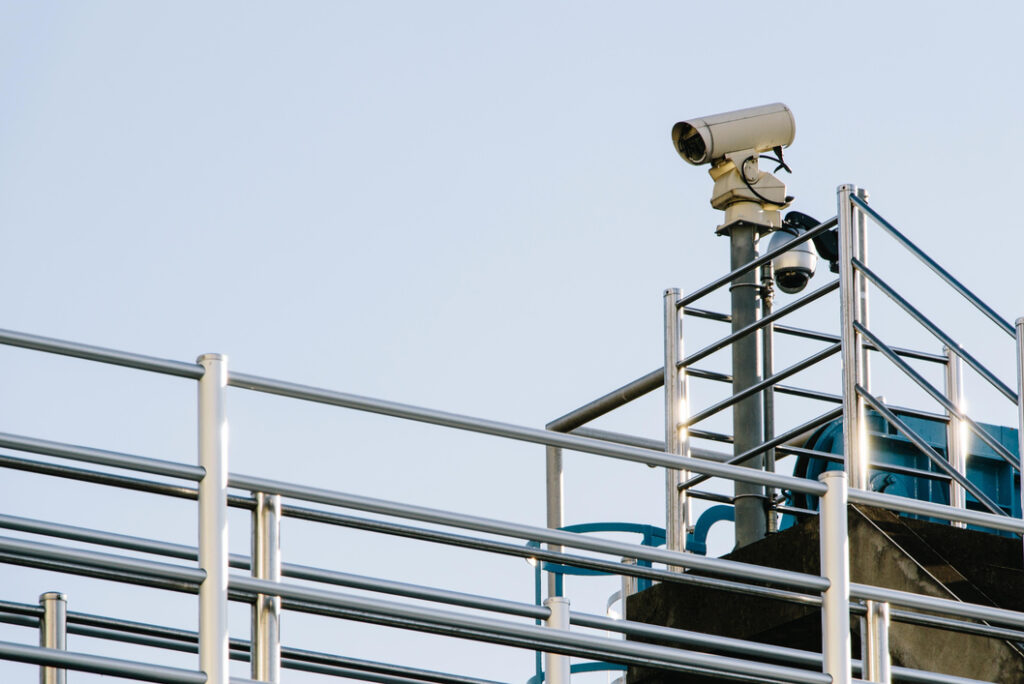Construction projects are complex orchestrations of dozens of moving parts: crews, subcontractors, material deliveries, equipment scheduling, inspections, weather, permitting, and countless daily decisions. Without clear visibility into all of these moving parts, project management becomes reactive firefighting—responding to crises rather than preventing them. But when construction teams have real-time visibility into actual jobsite conditions, they move from chaos to control. They make decisions based on facts rather than assumptions, identify problems while there’s still time to solve them, and transform from managing after-the-fact to managing proactively.
For general contractors, this shift from reactive to proactive management is transformative. Real-time visibility creates operational discipline, operational discipline creates predictability, and predictability allows construction companies to deliver projects on schedule, within budget, and with strong profitability margins. This is the business case for comprehensive jobsite monitoring: it’s not just a security tool—it’s a project management revolution.
The Cost of Chaos: Why Construction Projects Fail Without Visibility
Construction projects operate with razor-thin margins and extraordinary complexity. A typical commercial construction project involves dozens of subcontractors, hundreds of material deliveries, complex sequencing of trades, equipment coordination across multiple phases, and strict compliance with inspections and permits. Missing any single element throws the entire project into disarray.
Yet many general contractors manage these projects with limited visibility. Project managers make decisions based on yesterday’s information, incomplete reports, and assumptions about what’s happening on the jobsite. They ask subcontractors, “Are you on schedule?” and accept verbal assurances. Delivery delays, quality issues, and inspection failures often come as surprises—leading to schedule slips, budget overruns, and disputes.
How Real-Time Visibility Transforms Decision-Making
With real-time jobsite tracking, project managers can access instant updates on crew activity, material usage, and task progress. Decisions shift from reactive to proactive:
- Reroute crews immediately when deliveries are late.
- Identify quality issues in real-time and correct them.
- Adjust schedules before delays cascade through subsequent trades.
The result is faster, fact-based decisions, reducing risk and keeping projects on track.
Building Operational Discipline Through Visibility and Accountability
Real-time visibility creates accountability naturally: crews arrive on time, materials are staged properly, and work quality improves. Subcontractors perform reliably when their performance is objectively tracked.
Operational discipline with camera documentation enables:
- Robust communication and transparency.
- Higher employee engagement and productivity.
- Objective verification of work quality and progress.
From Reactive to Proactive: The Predictability Advantage
Predictive insights from real-time monitoring enable project managers to anticipate potential pitfalls. Examples include:
- Identifying late subcontractors and adjusting schedules.
- Detecting recurring material delivery issues.
- Accounting for seasonal weather impacts on concrete curing.
Cultural Transformation: From Blame to Problem-Solving
Real-time visibility shifts project culture from blame-focused to solution-focused. Objective documentation allows teams to address issues collaboratively rather than assigning fault. For example:
“We can see that the concrete delivery was delayed due to the supplier. Here’s how we adjust to minimize impact.”
Best Practices for Creating Real-Time Visibility
- Establish Consistent Documentation Standards: Cameras, photos, and reports should follow the same format and schedule from day one.
- Make Data Accessible to All Stakeholders: Enable access to project status, crew schedules, and material deliveries for all team members.
- Integrate Documentation with Scheduling: Connect camera footage directly to scheduled tasks for accountability.
- Hold Daily Visibility Meetings: Focused, 15–20 minute meetings reviewing actual progress rather than assumptions.
- Empower Teams to Make Decisions: Allow corrective actions based on real-time data.
- Build a Continuous Improvement Culture: Analyze patterns to identify systemic issues and improve long-term operations.
- Focus on Solutions, Not Blame: Use documentation to solve problems and prevent recurrence, maintaining team morale.
Conclusion
Real-time visibility through jobsite cameras is no longer just a security measure—it is a critical component of proactive project management. By combining comprehensive monitoring, documentation, and data-driven decision-making, contractors can move from reactive firefighting to controlled, predictable operations. This leads to timely project delivery, cost control, operational discipline, and a culture of accountability that benefits everyone on the jobsite.




